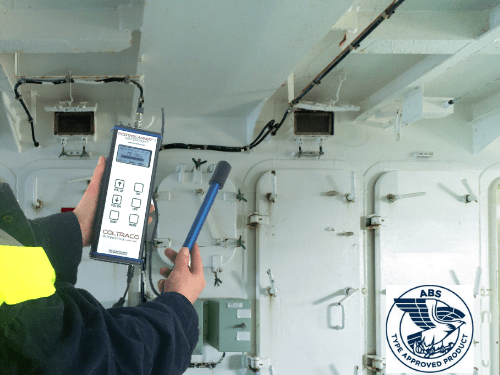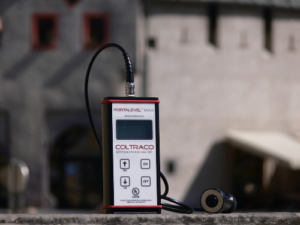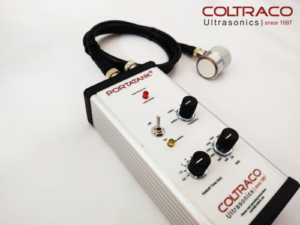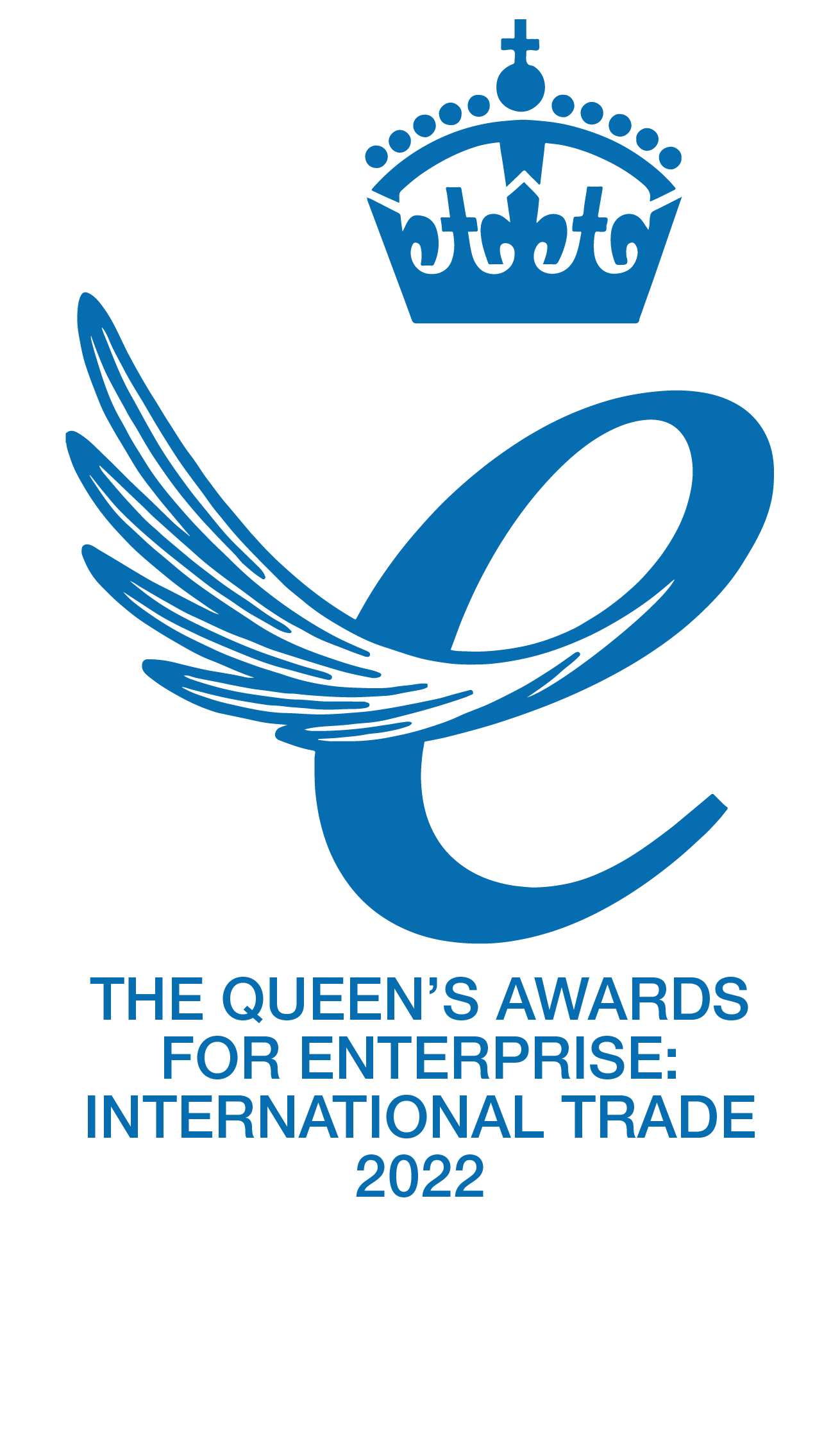Few technologies are as quietly powerful as ultrasonic leak detection in maintaining safety, efficiency, and compliance across industries.
Whether managing fire suppression systems, overseeing data centre integrity or protecting lives at sea, the ability to detect the smallest air or fluid leaks quickly and accurately can make the difference between security and costly risk.
But how does ultrasonic leak detection work, and why has it become a trusted tool in fields as diverse as healthcare, maritime engineering and power generation?
In this article, we will explore the science behind ultrasonic leak detection, why it is such a valuable method, and how companies such as Coltraco Ultrasonics have refined the technology into world-leading instruments like the Portascanner® range and the Portalevel® ADVANCED.
Understanding The Science of Ultrasound
At its simplest, ultrasound sounds at a frequency higher than the human ear can hear. Humans can typically detect sounds up to around 20 kilohertz, while ultrasonic technology operates above this threshold, often between 20 and 100 kilohertz.
These higher frequencies carry unique properties: they are highly directional, can reveal changes in density and structure, and can detect phenomena that would otherwise remain hidden.
When a gas or liquid escapes from a confined space, it creates turbulence. That turbulence generates sound waves in the ultrasonic range. Even a leak through an opening as small as a pinhole can produce a distinctive ultrasonic signature.
Using handheld or fixed ultrasonic detectors, engineers can “listen” for these inaudible sounds and pinpoint the exact location of a leak.
This is what makes ultrasonic leak detection so versatile. Instead of relying on chemical sprays, dyes or visual inspection, the method uses physics to find leaks without interfering with the system under test. It is non-invasive, safe, and exceptionally accurate.

Why Ultrasonic Leak Detection Matters
Leaks are not just a maintenance issue; they represent risk. In fire suppression systems, a slow leak from a gas cylinder could mean there is not enough extinguishing agent to extinguish a fire during an emergency. In a healthcare setting, an unnoticed air leak in a laboratory can compromise infection control. In maritime operations, undetected leaks in watertight compartments can undermine vessel safety.
Traditional testing methods often fail. Pressure tests, soap bubble sprays, or blower door systems can be time-consuming, disruptive, and limited in accuracy. Ultrasonic detection offers an elegant alternative.
Focusing on the unique acoustic fingerprint of escaping gas or air allows safety engineers to test more quickly, more frequently, and with far less disruption.
Coltraco has been at the forefront of making this technology accessible and reliable for real-world applications. The Portascanner® series, for instance, can detect leaks as small as 0.06 mm.
That level of precision is transformative for facilities managers tasked with maintaining airtight integrity in critical environments like data centres or pharmaceutical laboratories.
How Ultrasonic Leak Detection is Performed
Using ultrasonic technology in the field is straightforward once you understand the principles. The equipment comprises a handheld detector, often with a directional probe and a digital display.
The operator moves the detector along the surface of the tested area, such as the seams of a room, a door frame, or the valves of a cylinder.
As the instrument encounters ultrasonic signals generated by a leak, it translates them into a readable form, sometimes as a numerical value, sometimes as a visual graph of amplitude over time, and sometimes even as an audible signal converted back into the human hearing range.
The operator can quickly identify the leak’s location and severity by interpreting these results.
Coltraco’s Portascanner® AIRTIGHT goes one step further by identifying leaks, quantifying their size, and calculating the airflow rates passing through them. This capability transforms what used to be a binary “pass/fail” process into a nuanced diagnostic tool.
Engineers can now create detailed compliance reports, demonstrate improvements after repairs, and monitor conditions over time.
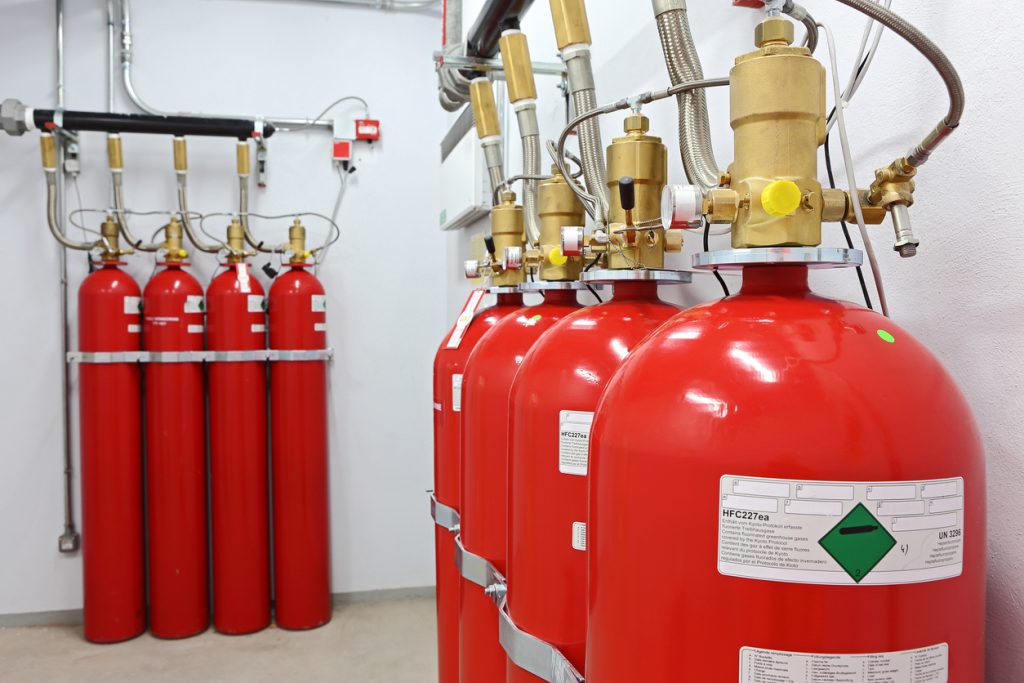
Ultrasonics in Fire Suppression Testing
Fire suppression is one of the most widely recognised applications of Coltraco’s ultrasonic expertise. Gas-based fire protection systems rely on cylinders filled with extinguishing agents such as CO₂ or FM-200. If a small quantity leaks away, the system may not perform when needed.
Traditionally, verifying the contents of a fire cylinder involved removing it from service, weighing it, and reinstalling it. This process is disruptive, labour-intensive, and sometimes dangerous.
Coltraco’s Portalevel® ADVANCED changed the industry by allowing operators to test cylinders in situ using ultrasound. By sending a pulse through the cylinder wall and measuring the return signal, the instrument identifies the liquid-gas interface with an accuracy of ±1 mm.
This noninvasive testing method has saved countless hours of downtime across shipping fleets, offshore platforms, and data centres worldwide. More importantly, it has enhanced safety by encouraging more regular testing, because when testing is quick and straightforward, it gets done more often.
Applications Beyond Fire Safety
While fire suppression is a core use case, ultrasonic leak detection has found applications across many sectors. In the built environment, ultrasonic technology supports compliance with airtightness standards, ensuring energy efficiency and controlled ventilation.
The Portascanner® COVID-19 was developed during the pandemic to help hospitals identify air leaks in isolation wards and protect staff from airborne transmission.
In naval and maritime engineering, ultrasonic thickness gauges such as Coltraco’s Portagauge® 6 complement leak detection by measuring corrosion and structural integrity.
The common thread across these industries is the need for reliable, noninvasive testing that delivers actionable results without disruption. Ultrasonic detection is not just about finding leaks but about maintaining trust in safety systems, compliance frameworks, and critical infrastructure.
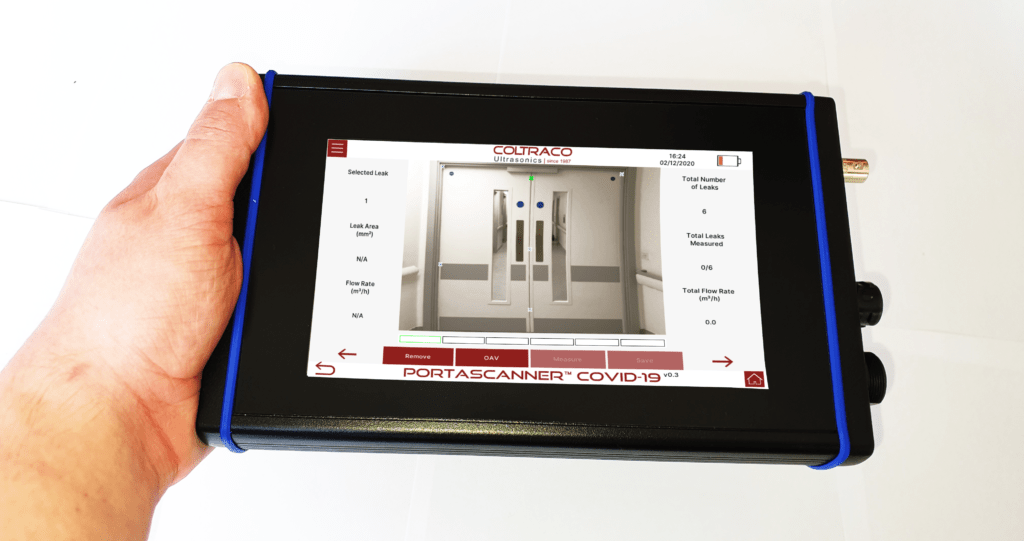
Advantages Over Traditional Methods
The combination of sensitivity, portability, and universality sets ultrasonic leak detection apart. Unlike dye testing or soap-bubble methods, ultrasound can be used at a distance, in noisy environments, and without introducing foreign substances.
Unlike blower door tests, it does not require depressurising an entire space.
Coltraco’s instruments are designed with the end-user in mind. Features like real-time signal viewing, rechargeable power supplies, and companion software like the Portasteele® Calculator make the process seamless.
For many organisations, adopting ultrasonic detection is driven by safety considerations, efficiency, and cost savings.
The Future of Ultrasonic Leak Detection
As industries evolve, so too does the role of ultrasound. Increasingly, ultrasonic technology is being integrated with digital reporting, IoT connectivity and predictive maintenance systems.
The trend is towards detecting leaks when they happen and predicting where they are most likely to occur.
Coltraco’s close ties with academic research, through the Durham Institute of Research, Development and Invention, position it at the forefront of this evolution.
By combining physics, engineering and data science, the company continues to innovate instruments that do more than test; they provide assurance.
Speak To Our Team For Ultrasonic Leak Detection
Ultrasonic leak detection works by harnessing the power of high-frequency sound to detect the tiniest leaks of gas or air, translating invisible and inaudible signals into actionable insights. It has become an indispensable tool across industries where safety, compliance and efficiency are paramount.
From the Portascanner® AIRTIGHT for airtightness testing to the Portalevel® ADVANCED for fire suppression cylinder monitoring, Coltraco’s instruments embody the principle of making the inaudible visible.
They help organisations safeguard lives, assets, and infrastructure by enabling noninvasive, precise, and user-friendly testing.
In the end, ultrasonic leak detection is more than just a clever application of sound, it is a practical expression of care, ensuring that the systems we trust will be ready when we need them most.

